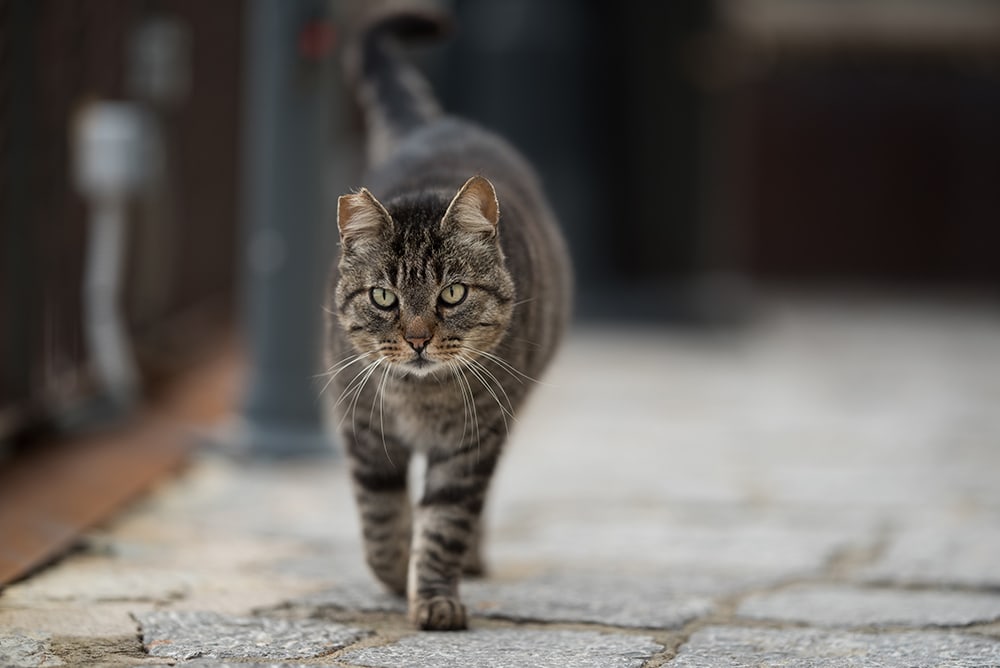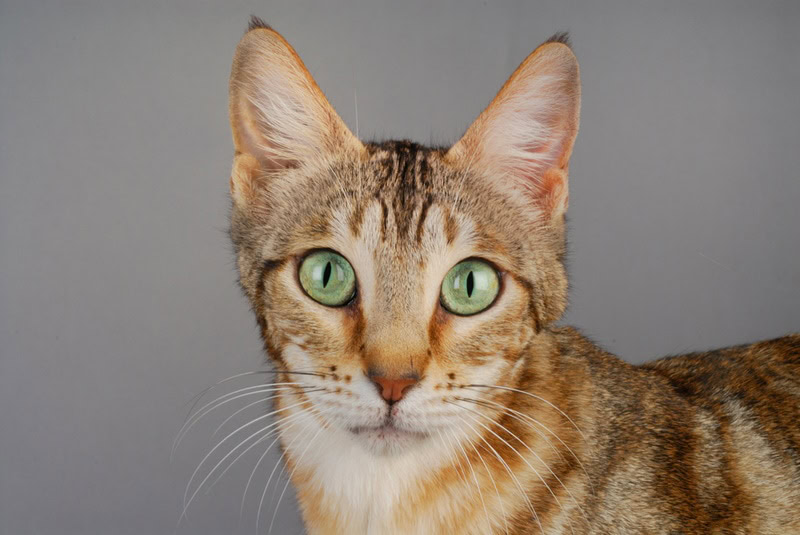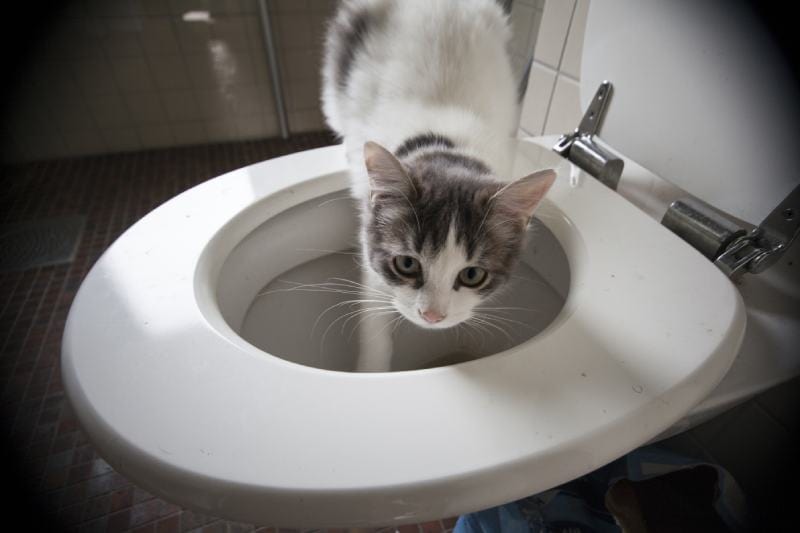VET APPROVED

The information is current and up-to-date in accordance with the latest veterinarian research.
Learn more »Click to Skip Ahead
Purring is a sound that is synonymous with cats. It is such a soothing sound—to humans as well as cats—that it often appears on lists of ‘white noise’ and soothing sounds for sleep and focus. While we know that our cats purr when they are content and happy, we might wonder if feral cats purr too. Indeed they do.
Feral cats do purr, but it may not be for all the same reasons as our pampered pets.
Let’s look into the fundamentals of purring, plus the hows and whys they might differ for stray and feral cats.

Feral vs. Stray
A quick lesson in semantics.
Technically speaking, feral refers to cats that have been living wild for their entire lives, often for more than one generation. In some cases, particularly in places like Australia, whose feral cat population is something of an ecological disaster, these cats have virtually become ‘un-domesticated’ to the point of being wild animals.1 They avoid human contact and rely only on their own hunting for food.
This is quite different to stray cats, who have typically lived with or around humans, and often started their lives as pets. Although stray cats will hunt for prey items like birds and mice, they will also subsidize their diet with scraps and offerings from humans.
Stray cats can often be reintroduced into human homes with gentle encouragement.
Feral cats should be treated as wild animals, and will not be easily tamed.
Now we’ve got that out of the way, let’s get back to purring.
Why Do Cats Purr?
How and why purring has evolved has long been the focus of many feline behaviorists and biologists. We know through observation that cats purr when they are happy and content, and when they feel safe. A mother cat and her kittens will purr to help solidify their bond and keep them close, but cats that are chronically ill will also purr as a way to self-soothe. Purring is believed to release endorphins, not just in cats, but in humans too, and it has been well established that cats purr in the company of humans as a sign of contentment, and likely to strengthen their bond.2
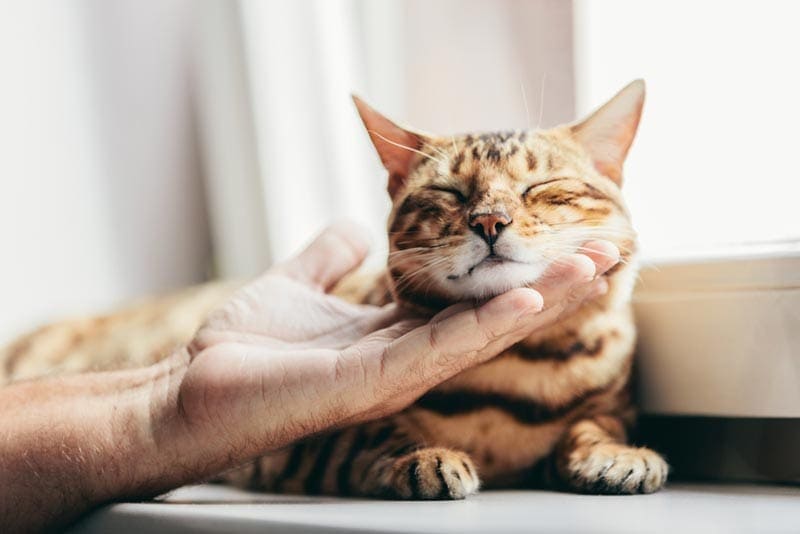
How Do Cats Purr?
Within the Felidae family, there are two main divisions: Panthera (lions, tigers, jaguars, and leopards) and Felinae (small cats, including pumas, cheetahs, lynx, and domestic cats). These can also be divided into ‘those who roar’ and ‘those who purr’. The difference? A tiny bone called the epihyoid. In small cats, this bone, which forms part of the hyoid apparatus that supports the tongue and larynx, although tiny, is ossified. In big cats, the epihyoid is an elastic ligament, and scientists believe that this is what allows them to roar but not purr, while small cats can purr, but not roar.
Do Feral Cats Purr?
We know from their anatomy that stray and feral cats certainly can purr, but do they?
All cats, be they stray, feral, or spoiled rotten, are capable of making the same repertoire of sounds; what differs is how they use them. For example, cats will occasionally meow to one another, but this particular vocalization is more commonly used when communicating with their humans.
While a pet cat will purr furiously in the arms of their favorite person, a feral cat is highly unlikely to make this soothing sound in the presence of humans, whom they would perceive as a threat. However, when rearing kittens or in the presence of close family members, a feral cat will certainly purr if they feel safe and content. It both helps with the cohesion of a group or litter and contributes to the cat’s sense of wellbeing.
Even wild cats like the cheetah are known to purr when they are feeling secure and content.
Can A Feral Cat Be Tamed?
Depending on where you live, and just how ‘feral’ the cat is, some cats can be tamed and become part of your family. This is particularly true if they started out as pets. For truly feral cats, the taming process will be much more difficult, if not impossible, particularly when dealing with an adult.
- The key to gaining a feral cat’s trust is by being near, but not approaching them.
- Offer food and then day by day get a little bit closer so they come to associate your presence with a tasty meal.
- Once they become more accustomed to your presence, you can try hand-feeding them. At this stage, resist the temptation to rush ahead, and let them come to you. If you push too much, you will push them away.
Important notes about befriending stray and feral cats.
- Keep your distance and be rabies-aware. Do not approach them if they show any potential signs of infection.
- Make sure they don’t have an owner. Some cats that are allowed outdoors will happily visit other houses if there is food on offer, and continuing to feed them may stop them from returning home. If they are readily handlable, it’s a good idea to take them to a vet or animal shelter to see if they have an ID chip.
- Cats that are living rough are likely to have fleas, ticks, and worms. If you plan to encourage these cats into your life, even if it is just to take care of them outdoors, it’s a good idea to treat them for parasites.
- Some stray/feral cats simply will not tolerate humans or want to be pets. Forcing them to live indoors will likely cause them stress, and you may need to accept that you can only look out for them as they live outside. You can provide parasite treatment, good food, and even build or buy a shelter.
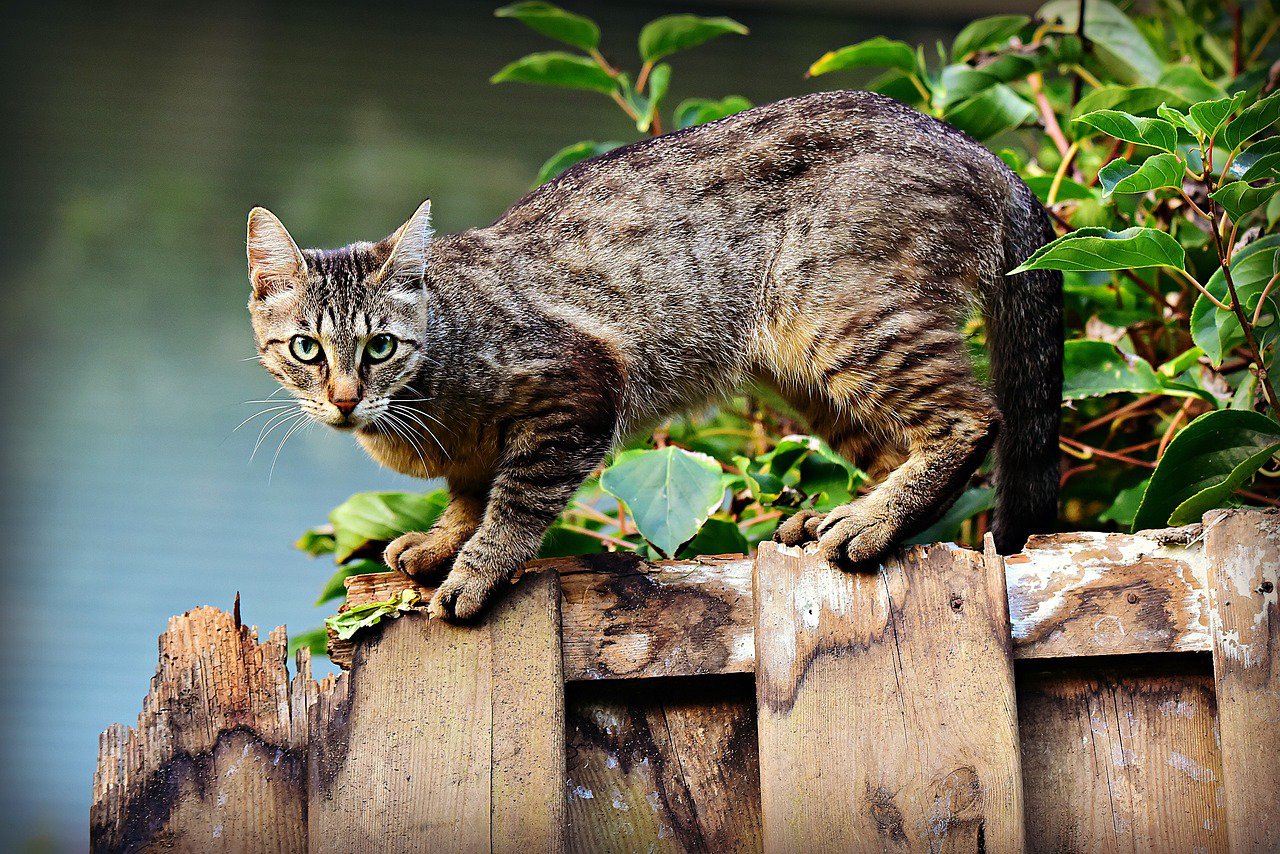
What If My Cat Doesn’t Purr?
Just as there are cats that purr so loudly that you’d think a train was on its way, there are those that purr so quietly that you almost need a microphone to hear them, and others that don’t seem to purr at all. Because a cat’s purr is linked to their hyoid apparatus and the soft tissue around the larynx, different anatomies can result in different abilities.
If your cat has never purred but seems to be happy, healthy, and otherwise well, they may simply not be able to purr.
If they seem unable to relax, or if they used to purr and don’t anymore, there could be a problem either with their upper airways, or something going on that is preventing them from feeling safe and secure. In this situation, you should speak to a vet.

Final Thoughts
All small cats, including cheetahs, lynx, and feral cats, can purr. They may not do so as readily in our presence as our pets do, but when they feel safe and secure, they may emit this low rumbling of contentment. Purring can help strengthen bonds within a group, and allows cats and kittens to maintain contact and communication, particularly in the first few days before kittens open their eyes. The endorphins produced when purring can also help soothe and comfort a cat that is unwell or in pain, which may be seen in both pet cats and those living wild.
Providing food, help, shelter, and affection for stray cats can be a worthy venture, but if we are dealing with a truly feral feline, do not despair if your offer of friendship is rejected. Remember, there are lots of ways you can provide safety and security to a stray or feral cat without bringing them into your home, and even though you may not get to hear it, no doubt a feral cat cuddled up in a warm shelter with a full belly will be purring as they enjoy your offering.
Featured Image Credit: Nils Jacobi, Shutterstock
